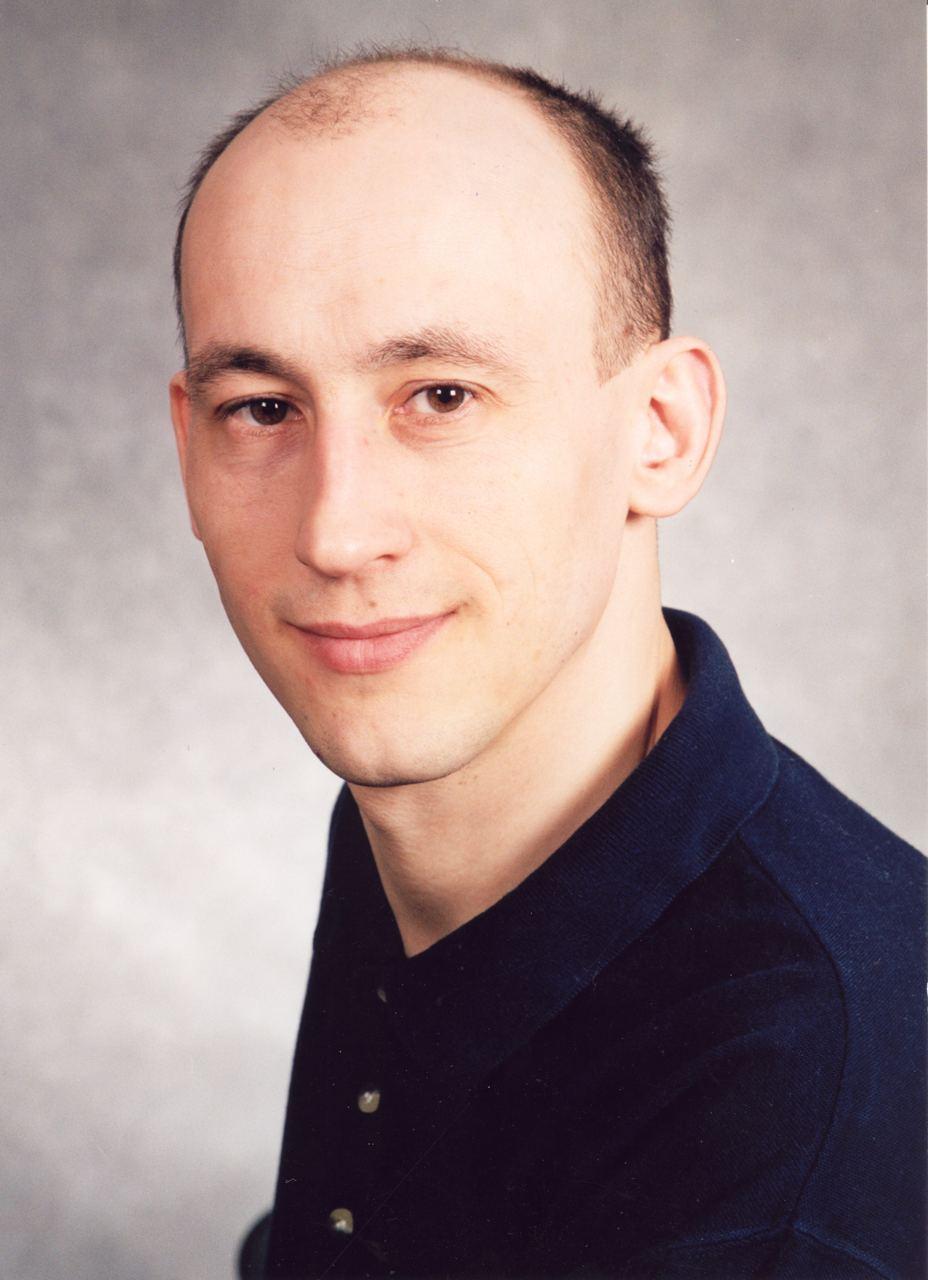Signal Processing
About
The course is devoted to the use of methods of mathematical modelling and theoretical physics in signal processing. It applies methods for machine learning model selection to various types of signals: image, video and sound. It discusses techniques to construct systems of heterogenous signal models.
Syllabus
- Multi-view, kernels and metric spaces, RKHS for brain Imaging.
- Spherical harmonics for mechanical motion modelling.
- Riemannian geometry on Shapes and diffeomorphisms for fMRI.
- Manifolds, Levi-Chivita connection and curvature tensors.
- Differential forms and fibre bundles with examples.
- Navier-Stokes equations and viscous flow.
- Geometric algebra, exterior product and quaternions.
- Graph convolution and continuous Laplace operators, diffusion models.
- Homology and cohomology, differential forms for model ensembling.
Labworks
Two personal labworks on video signals include the problem statement and the computational experiment. The delivery is a two-page report with the problem and experimental results, a code and a talk.
Grading
Questionnaires during lectures (3), two labworks (2+2), the final exam: topics and problems with discussion (3).
Prerequisites
Algebra, analysis and physics at the postgraduate level.
